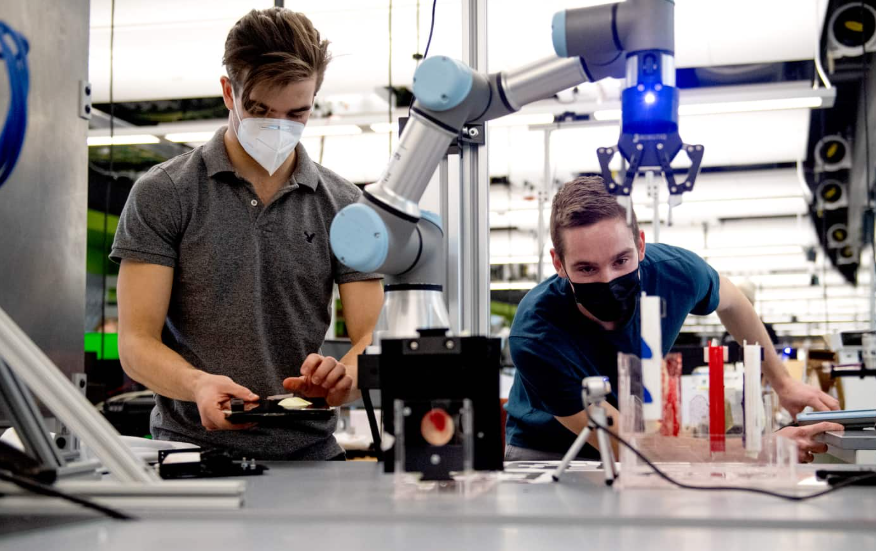The future of space technology and exploration is increasingly shaped by advancements in reusable rocket technology and artificial intelligence. As launch costs decline, access to space broadens, allowing for innovative satellite constellations that enhance global connectivity. Furthermore, the integration of AI into navigation and data analysis is set to redefine mission capabilities. This evolving landscape raises critical questions about collaboration between sectors and the implications for economic growth and community empowerment. What might this mean for humanity’s reach into the cosmos?
The Rise of Reusable Rocket Technology
As the demand for space exploration and satellite deployment accelerates, the development of reusable rocket technology stands out as a transformative advancement in aerospace engineering.
This innovation enables rapid rocket refurbishment, drastically reducing launch costs. By minimizing the need for new components and maximizing vehicle reusability, the space industry can achieve unprecedented efficiency.
Ultimately, this expansion of access to space empowers entrepreneurial endeavors in exploration.
Advancements in Satellite Communication
The evolution of reusable rocket technology has set the stage for significant advancements in satellite communication, enhancing both the capabilities and reach of these systems.
The emergence of satellite constellations enables unprecedented global connectivity, facilitating high-speed internet access even in remote regions.
This technological progression not only democratizes information but also fosters economic opportunities, empowering individuals and communities worldwide to thrive in an interconnected future.
See also: The Future of Self-Driving Cars
The Role of Artificial Intelligence in Space Exploration
While exploring the vastness of space presents numerous challenges, the integration of artificial intelligence (AI) is revolutionizing the approach to these endeavors.
AI enhances robotic autonomy, enabling spacecraft to navigate independently and make real-time decisions.
Furthermore, advanced data analysis techniques allow for the efficient processing of vast datasets, improving mission outcomes and fostering innovative solutions in the pursuit of understanding our universe.
Collaborative Missions: Private and Public Partnerships
Recent advancements in artificial intelligence have paved the way for more sophisticated collaborative missions between private companies and public space agencies.
These joint ventures enable seamless mission integration, fostering innovation and resource sharing. By leveraging diverse expertise, stakeholders can enhance mission success rates and reduce costs, ultimately expanding humanity’s reach into space.
Such partnerships represent a pivotal shift towards a more unified space exploration framework.
Conclusion
As humanity stands on the threshold of a new era in space exploration, the convergence of reusable rocket technology and artificial intelligence resembles a masterful orchestra, where each instrument plays a vital role in creating a harmonious symphony. With launch costs plummeting and connectivity soaring, the cosmos transforms from a distant frontier into a shared resource. This collaborative endeavor not only expands our reach into the universe but also cultivates economic growth and innovation, reshaping our collective future.




